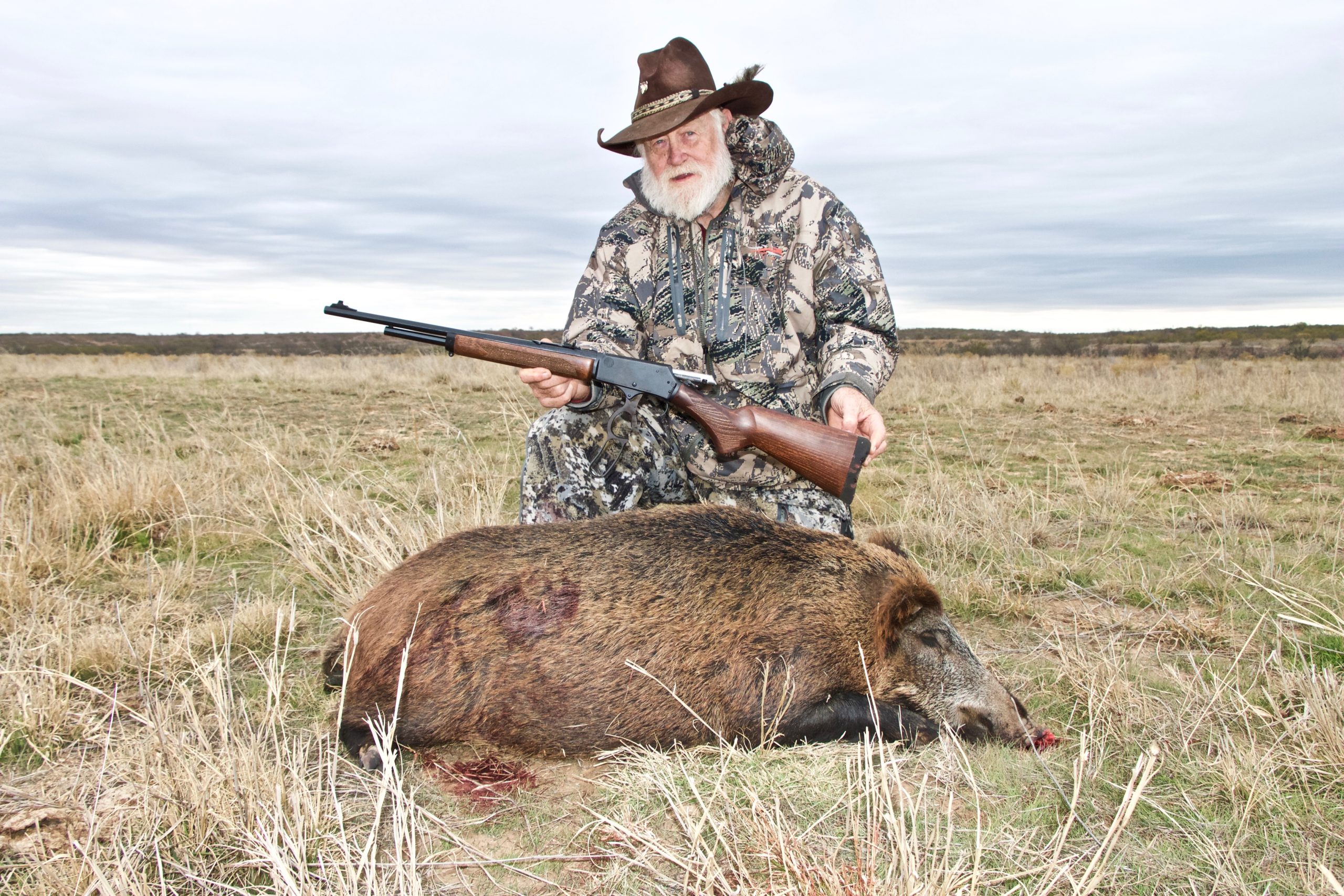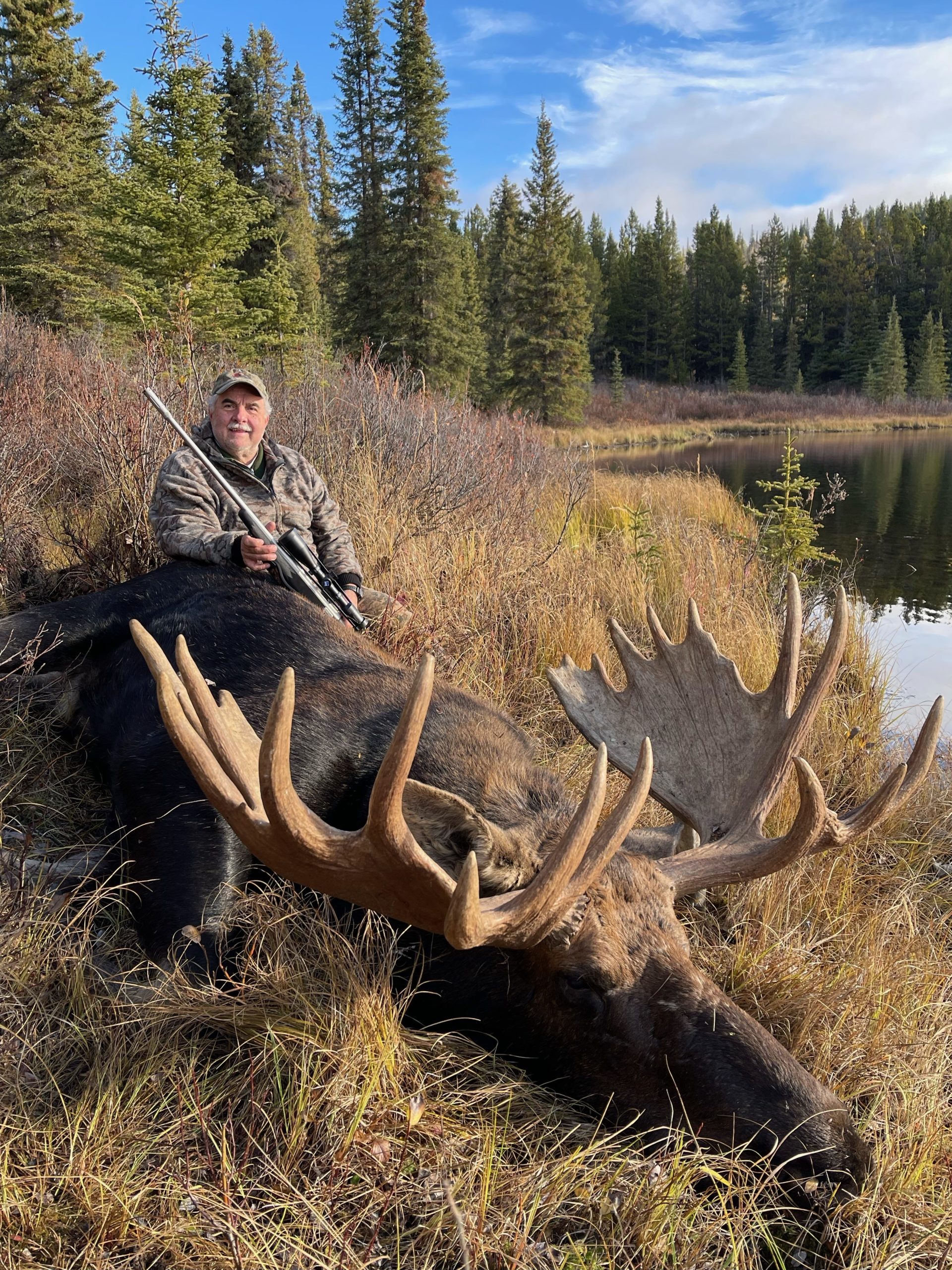 Yesterday, the Sportsmen’s Alliance, together with Michigan Bear Hunters Association, Upper Peninsula Bear Houndsmen Association and Wisconsin Bear Hunters Association, filed a pair of petitions under the Endangered Species Act (ESA) with the U.S. Fish & Wildlife Service (FWS) on gray wolves.
Yesterday, the Sportsmen’s Alliance, together with Michigan Bear Hunters Association, Upper Peninsula Bear Houndsmen Association and Wisconsin Bear Hunters Association, filed a pair of petitions under the Endangered Species Act (ESA) with the U.S. Fish & Wildlife Service (FWS) on gray wolves.
One petition is to recognize and delist a Western Great Lakes Distinct Population Segment (WGL DPS) of wolves within Michigan, Minnesota, and Wisconsin (and areas of adjoining states) while the other petition requests FWS to exercise specific management options on remnant wolf populations existing outside of the WGL DPS and the Northern Rocky Mountain Distinct Population Segment (NRM DPS) created by Congress in 2011.
“It’s critical that we put together a long-term plan to get the science back in wildlife management on wolves,” said Todd Adkins, vice president of government affairs at the Sportsmen’s Alliance. “The ESA petition process is abused by the animal extremists to handcuff wildlife managers, but in this case, we are using the same process to get the state agencies and science back into the mix.”
In the WGL DPS petition, the coalition points out that wolf populations have far surpassed FWS recovery goals in the WGL region, with the total population now exceeding 4,000 wolves. This includes estimates of 2,700 wolves in Minnesota, 1,000 in Wisconsin, and more than 600 in Michigan. FWS’ original recovery goals for the species was 1,400 for Minnesota and a minimum combined population of 100 wolves for Michigan and Wisconsin together. In all three states, fish and wildlife managers estimate that wolves occupy nearly all suitable habitat throughout their range.
FWS has delisted the WGL DPS at several points in the past, but each of these delisting actions has been challenged by animal-extremist organizations in federal court. In these cases, the courts have repeatedly ruled against delisting, not because of a concern over the wolf population within the WGL, where gray wolf recovery is well established, but due to FWS’ failure to address “remnant” wolves that exist outside of established population segments like the WGL and NRM. The concern repeatedly raised by federal judges is that delisting the WGL DPS could remove protections for remnant wolves elsewhere in the country.
The Need For a Second Petition: Managing Remnant Wolves
Cognizant of this reality, the hunting coalition filed a second petition on remnant wolves to develop a pathway out of the litigation morass that has strangled effective wolf management for nearly 20 years. With remnant wolves addressed with the second petition, the coalition is confident that FWS can move forward, once again, with a WGL DPS delisting action that will survive court scrutiny.
The remnant petition requests two specific actions. First, the FWS should create a West Coast Wolf DPS (WCW DPS) consisting of the partially recovered and rapidly growing wolf populations to the west and south of the defined NRM DPS. This DPS would mostly cover non-NRM wolves in California, Oregon, and Washington.
The coalition recommends that this newly established WCW DPS be listed at the threatened level, thereby downlisting this population from endangered status and providing maximum flexibility to state wildlife managers. Assigning this remnant population into a new DPS will provide FWS with much needed flexibility going forward.
Second, the petition asks that FWS create a “non-DPS” consisting of all wolves in the lower 48 states that are not otherwise included in an established DPS. This will mean that all wolves outside of a DPS will continue to be protected under the ESA as endangered under the original 1978 listing.
When taken together, the two petitions create a clear pathway for FWS to recognize wolf recovery where it has taken place while continuing to ensure management flexibility under the ESA for remnant wolves in the West and throughout the country. Granting the requests within the two petitions in tandem also would align FWS’ approach with federal court rulings in a number of cases over several years.
“While not immediately obvious, these two petitions are following a blueprint established by the federal courts on gray wolves and the ESA,” said Todd Adkins, vice president of government affairs at the Sportsmen’s Alliance. “Instead of a quick fix, this is a long-term strategy to get wolf management back in the state agencies where it belongs instead of locked up in litigation brought by the extremists to keep their fund-raising juggernaut running full steam 24-7, 365.”
“Michigan’s gray wolves have exceeded recovery goals for over two decades now and it’s far past time to give our state’s professional wildlife managers the authority they need to make the best science-based decisions for both the animals and residents that call our state home,” said Michigan Bear Hunters Association President Keith Shafer. “Michigan’s recently updated Wolf Management Plan, crafted with input from all stakeholders, shows we’re ready and able to take over that responsibility today, to ensure gray wolves are sustainably managed for generations to come like all of our other wildlife.”
“Wisconsin’s Bear Hunters are firm in our conviction that our wolf population has recovered and must be managed responsibly by our state’s Department of Natural Resources. These petitions ask the U.S. Fish and Wildlife Service to do what it has done several times in the past – delist wolves as they have fully recovered in our state,” said Carl Schoettel, president of the Wisconsin Bear Hunters Association. “The science overwhelmingly supports this move but unfortunately, past attempts to delist wolves have been challenged by animal-extremist groups who have never set foot in Wisconsin and are driven by a dangerous ideology, not science. These petitions put us on a path to right the wrongs perpetrated on Wisconsin’s citizens and our wildlife by these out-of-touch extremists.”



